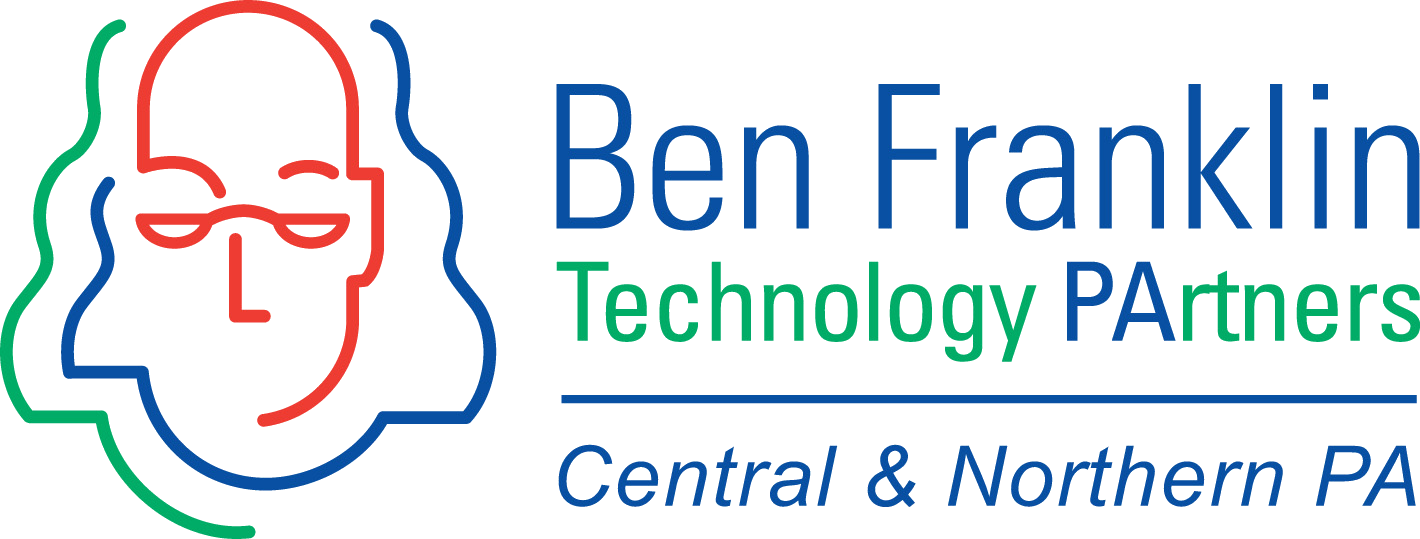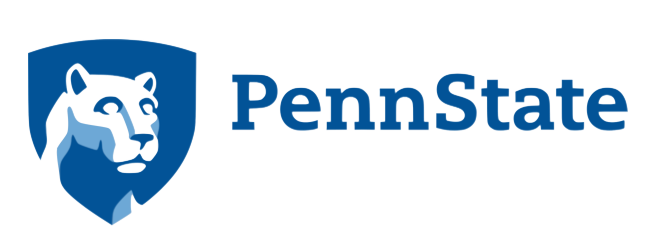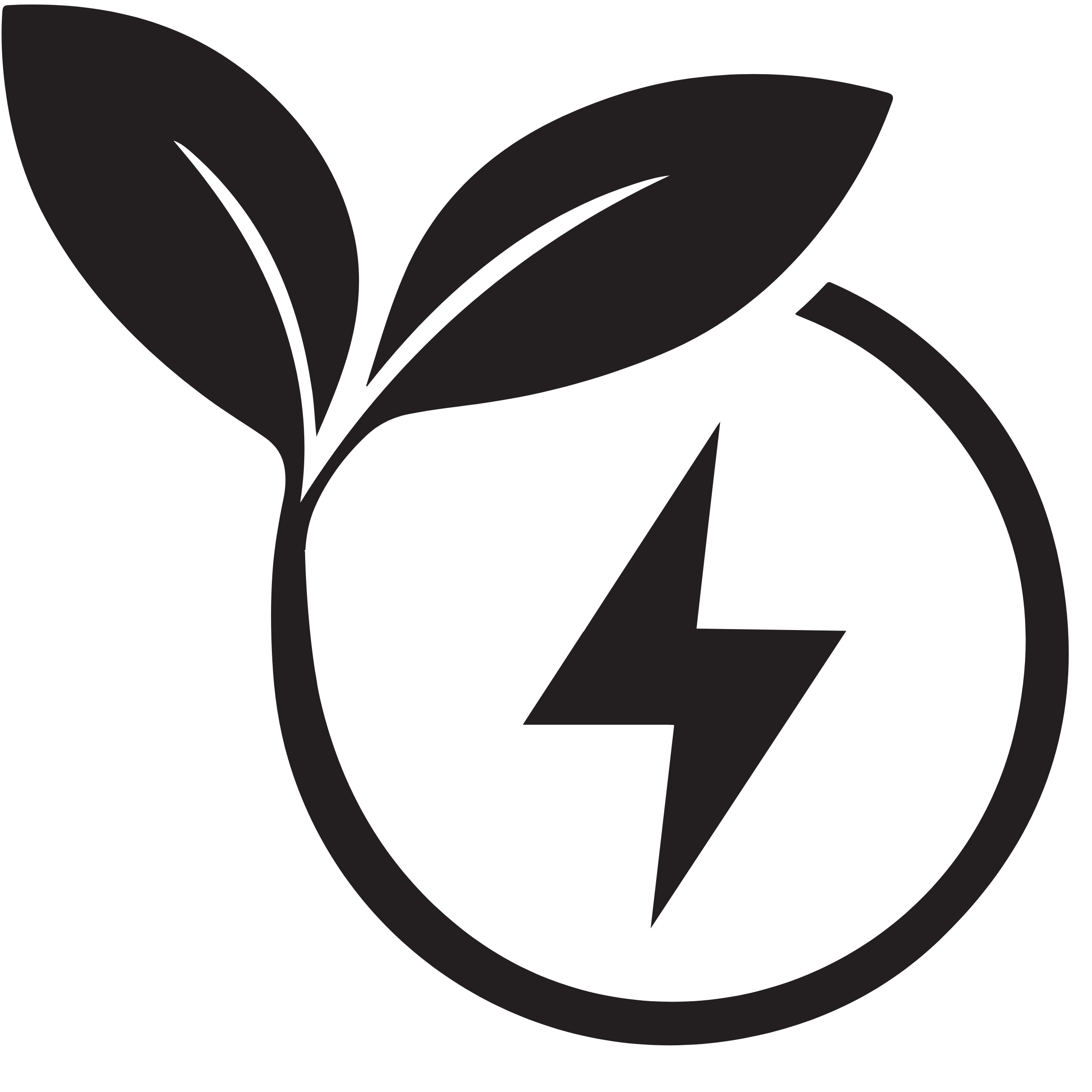Data Prioritization AI







from lightscline.lightscline import LightsclineEdge
## Load data into Lightscline
ls = Lightscline(data=data, fs = SAMPLING_FREQUENCY)
## Reduce the amount of data by 90% of the original
ls.reduce_and_preprocess_data(per_reduction=90)
## Train the model
ls.train_model(verbose=True, n_iters = 1000)
## checking the results
ls.test_model()

Less data requires fewer layers in models, improving latency and making processes more efficient and responsive overall.

Less data reduces bandwidth, storage costs, and model size. Smaller models take less RAM and work with weaker compute resources.

Smaller models require less compute power, meaning less energy is consumed, which is beneficial for sustainability and efficiency.

Dealing with less data saves time, which improves productivity. Our SDK automates processes, making everything seamless and efficient.

Intel/Ryzen processor

Jetson Nano

Arduino

Raspberry Pi